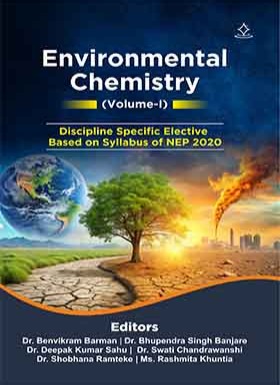


ISBN : 978-93-6087-904-4
Category : Academic
Catalogue : Mathematics and Science
ID : SB21074
Reactions and bonding of silicon with halogen and nitrogen
Reactivity, synthesis and bonding in silicon-halogen, silicon-nitrogen compounds
Dr. K.N. Radhamani
Paperback
200.00
e Book
99.00
Pages : 65
Language : English
About Book
During the last few decades silicon - nitrogen compounds have gained a lot of importance. These compounds have emerged as a precursor for many Si containing compounds. There are only a few synthetical methods to prepare these compounds. The Si-X bond is of particularly great importance in the chemistry of organosilicon compounds as almost all organosilicon compounds are ultimately obtained from elementary silicon through SiCl4, and alkyl(aryl)halosilanes. The Si-X bond is much more reactive than the C-X bond toward polar reagents. The ease of hydrolysis of halosilanes decreases with the successive replacement of halogens by alkyls or aryls. The Si-H bond is much more reactive than the C-H bond. Silicon nitrogen has very high potential application in semiconductor industries. Triamino silanes are a class of compounds having silicon -nitrogen compounds characterized by the presence of three amino (NH2) groups attached to a silicon atom. Hence these compounds play a major role in the applications in material science, catalysis etc. Exploring their potential and different methods of preparation, stability and reactivity open a promising avenues for fundamental research and practical applications.
Customer Reviews




